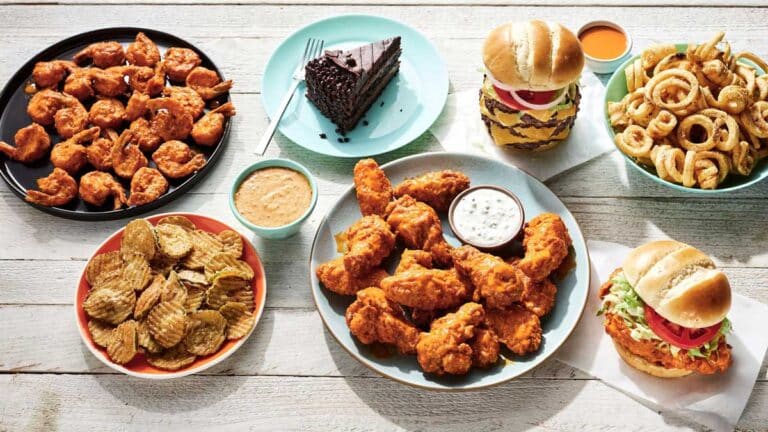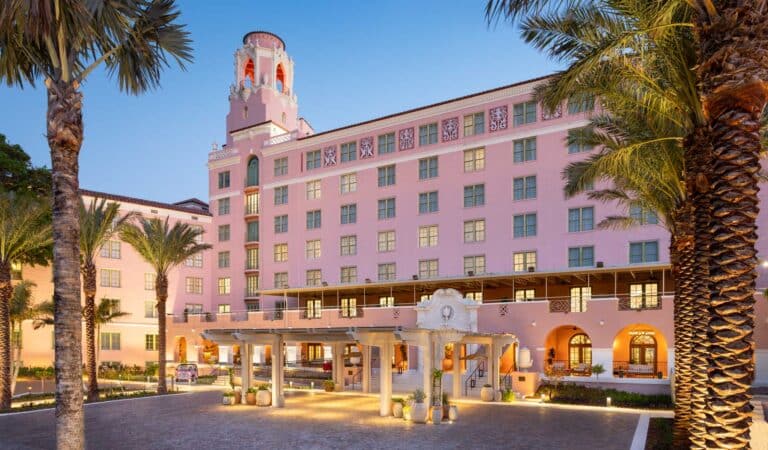
Nearly 40 years ago, frantic footage of flamingos – accompanied by the frenetic pulsing beat of a Jan Hammer instrumental theme – beckoned viewers to the family room each week to watch Sonny Crockett and Rico Tubbs chase drug dealers around the beaches of South Florida in “Miami Vice.”
But did you know how close did “Miami Vice” come to being filmed nowhere near Miami? Pretty close. Before work started on the iconic ’80s TV series, which debuted this week in the fall of 1984, the studio wanted to film all or most of the cop show in Los Angeles – an idea that became a mainstream practice in the following decades.
Thankfully for Florida and TV fans, South Beach became the de facto set for many of the 113 episodes between 1984 and 1989.
Of course, back in the early ’80s, that section of Miami was hardly the art deco destination of the beautiful people that it is today. Full of crime, decaying buildings and an elderly population, South Beach might have been a better spot to stage “Cocoon” than a cutting-edge crime show. Set designers were quickly put to work painting exteriors and applying some much-needed elbow grease, and thanks to the chemistry of stars Don Johnson, Philip Michael Thomas and Edward James Olmos, the TV crime show genre was reinvented.
How much do you remember about those heady days? Here are five things you probably didn’t know about “Miami Vice.”
THE TUNES: Aside from the chart-topping opening theme by Jan Hammer, “Miami Vice” often spent $10,000 or more per episode to buy rights to some of the most popular music of the time and often had the musicians appear as guest stars during episodes. Phil Collins, Glenn Frey, Willie Nelson, Frank Zappa, Sheena Easton and even Miami icon Gloria Estefan all took turns acting in guest spots. Collins’ song “In The Air Tonight” is practically married to images of Crockett and Tubbs driving through the city’s streets at night. A soundtrack to “Miami Vice” was released in 1985 and landed on top of the charts for 11 weeks.
THE PLOTS: Many of the scripts were based on actual crimes that went down in Miami by local and international organized crime groups. Cast members even went on stakeouts with the real Miami Vice unit (actually formerly called the Organized Crimes Bureau). Don Johnson actually showed up at an audition having come straight off an all-night stakeout – looking disheveled and unshaved. That look got him hired and created a look that was emulated by fans for years.
THE DESIGN: Executive producer Michael Mann reportedly got the idea for using all the show’s distinctive pastel colors after visiting a paint store. He had one rule for set designers: “No earth tones!” The high production standards – along with the costs of using chart-topping songs – led to a per-episode cost of about $1.3 million.

THE ALLIGATOR: Sonny Crockett has a pet alligator named Elvis living with him on a sailboat named St. Vitus’ Dance. Though producers just wanted a stuffed alligator for the role, two gators – named Elvis and Presley – handled the role. (Johnson actually played the king of rock in a 1981 movie.) “Elvis” is supposed to be the retired mascot of the University of Florida, where Sonny played football. UF did actually have a live alligator on the sidelines for football games from 1957 to 1970. The live snapper has since been replaced by a pair of more snuggly costumed gators named Albert and Alberta.
THE FINALE: The 17th episode of the fifth and final season is called “Freefall” and was broadcast on May 21, 1989 as a two-hour event. Very loosely based on the saga of Panama’s Manuel Noriega, it ends with Sonny and Tubbs throwing down their police badges in disgust and quitting the force. The closing credits feature the Terry Kath song “Tell Me” instead of the usual theme music. Signature clips from the show’s five seasons appear under the credits rather than the usual stock footage of Miami. The finale attracted 22.2 million viewers.
More movies and TV shows set in Florida:
5 Things You Didn’t Know about “Summer Rental”
5 Things You Didn’t Know about “Cocoon”





